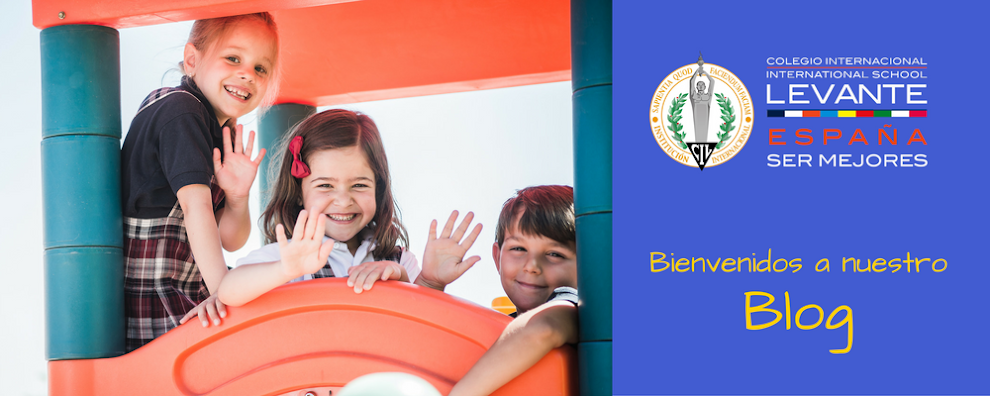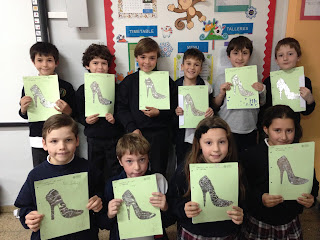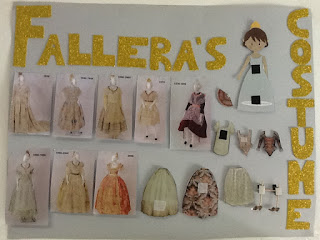El Colegio
Internacional Levante acaba de firmar un contrato con la compañía Apple® para convertirse
en el primer colegio de la Comunidad
Valenciana con el título de “Apple Authorised Training Centre For
Education” que cuenta, además, con un Apple Certified Trainer – Final Cut Pro
X.
 Ser un centro AATCe
supone que los alumnos del centro recibirán formación y podrán conseguir la certificación
en todas las aplicaciones profesionales de Apple® relacionadas con el ámbito
audiovisual como Final Cut Pro®,
programa de edición de vídeo, Logic
Pro®, programa de postproducción de sonido o Motion, programa
para el diseño y creación de efectos especiales.
Ser un centro AATCe
supone que los alumnos del centro recibirán formación y podrán conseguir la certificación
en todas las aplicaciones profesionales de Apple® relacionadas con el ámbito
audiovisual como Final Cut Pro®,
programa de edición de vídeo, Logic
Pro®, programa de postproducción de sonido o Motion, programa
para el diseño y creación de efectos especiales. Los estudiantes del Colegio acabarán sus estudios convertidos
en usuarios expertos de aplicaciones
como Xcode®,
programa para desarrollo de aplicaciones móviles, además de las citadas
anteriormente. Esto supone ofrecer a los estudiantes una clara ventaja competitiva dentro del mercado
laboral.
Los estudiantes del Colegio acabarán sus estudios convertidos
en usuarios expertos de aplicaciones
como Xcode®,
programa para desarrollo de aplicaciones móviles, además de las citadas
anteriormente. Esto supone ofrecer a los estudiantes una clara ventaja competitiva dentro del mercado
laboral.
La Institución
Internacional SEK, a la que pertenece el Colegio, apareció de la mano de
Tim Cook en el pasado evento especial de
presentación del iPhone 7 como una de las instituciones punteras en la
integración de la programación informática en su currículum educativo gracias
al lenguaje Swift™de Apple® y a la aplicación
para iPad
“Swift Playgrounds™”.
El Colegio
Internacional Levante ha dado un gran salto adelante gracias a esta unión
con Apple®.
Convertir el uso de la tecnología en uno de los elementos sustanciales de su
proyecto educativo convertirá a sus alumnos en diseñadores de su propio futuro.
Carlos García
Coordinador de Innovación



















